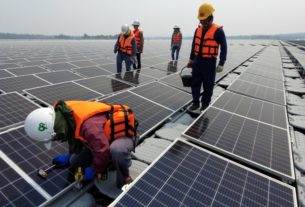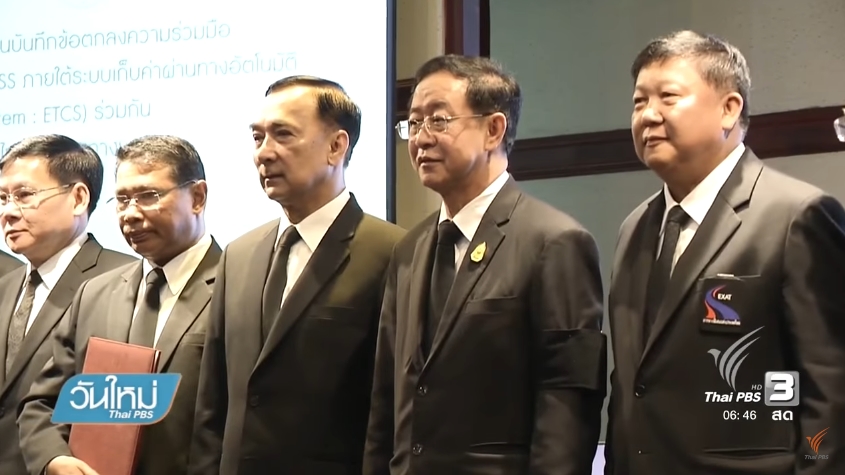THE government last week admitted that Yangon’s infrastructure was outdated and not up to the challenge of housing its six to seven million residents, let alone the 10 million forecast to live there in coming years.
The frank assessment was delivered by the Minister of Industry, U Soe Thein, at a meeting with the press in Nay Pyi Taw on November 28.
U Soe Thein, who is also chairman of the Myanmar Investment Commission, said the city’s road, electricity and water infrastructure needed to be upgraded in an effort to make the city more like Singapore. However, he conceded that the government did not have the money to undertake these works and would rely on the private sector and foreign investors to get the work done.
He added that the town plan for Yangon was made more than 100 years ago based on an expected population of 100,000. Engineers and architects at the meeting said Yangon’s residents suffered hardship from flooding, poor water supply, electricity shortages, traffic congestion and pollution.
“The president said we need to develop Yangon city because it faces many challenges. We should try to match the same standards as Singapore,” U Soe Thein said.
The first phase of the plan would be building overhead bridges at four major intersections: Hledan junction in Kamaryut township, Shwegondaing in Bahan township, as well as at the Tarmwe and Bayintnaung junctions. U Soe Thein said he was negotiating wit the mayor of Yangon, U Hla Myint, to see these bridges built in the next four months.
He added that the bridges will be prefabricated so as to avoid adding to the traffic snarls, adding: “Even though we are trying to copy Singapore, we will not build flyover because we’re trying to save time and money. If we build flyovers we will have to knock down housing in project areas.”
Future plans include extending the railway network and building an elevated train, like Bangkok’s skytrain, a venture that the government has invited Singapore to invest in, he added.
The government will also try to better regulate the supply of electricity and water, improve the drainage and sewage systems, adding that he hoped foreign investors would help the government to install new systems instead of mending the existing network.
U Soe Thein said the funds for these projects could not come from the national budget and the government was instead seeking finance from private sources such as Kanbawza Bank to build the overhead bridge in Hledan, Myanmar Industrial Development Bank for the Tarmwe bridge, and had invited foreign investment for the remaining two bridges, which would be built under build, operate and transfer agreements.
Kanbawza Bank vice chairman U Than Lwin said the bank would hold a meeting to decide whether to provide finance for the bridge.
“This is a really good idea [to build overhead bridges] because there is substantial traffic congestion in these intersections. But it’s important to find the required finance and the banks can help to supply that and we have heard that [the government] has also requested help from Japan,” he said.
U Aung Myint, a registered architect with the Association of Myanmar Architects, said much of Yangon’s downtown area was built during the colonial period to a plan. But areas such as Kamaryut and Insein, which were once satellite villages, have slowly been swallowed by the expanding city and were not planned, said U Aung Myint, who is also the managing director of Amenity Design company.
He added that one reason for this lack of planning was that the different government departments did not cooperate.
“Each department did as they like and they all had separate budgets but the new government is starting to implement long-term plans and trying to link all the different departments together,” he added.
U Ko Ko Lay, a director of Three Friends Construction company, said the city needed a master plan to ensure smaller projects fitted together in an efficient way.
“For instance, the government might have a plan that covers 30 years and they need to decide in what order the different components are completed in,” he said. “In the past some projects have been rushed through without the necessary planning, which resulted in problems later. For example, a road might have been built quickly but then had to be torn up to lay electricity and telephone cables beneath it,” he said.
U Ko Ko Lay said it was essential that surveys be completed before projects are started, adding: “We have to imagine the impact [of a project] before we start work.” “Government officials want to implement these projects within a four-year period, before the next election. But we also want to see the old roads repaired before work starts on new projects,” said 40-year-old businessman in Yangon.
Source: http://www.mmtimes.com/2011/business/604/biz3160409.html


